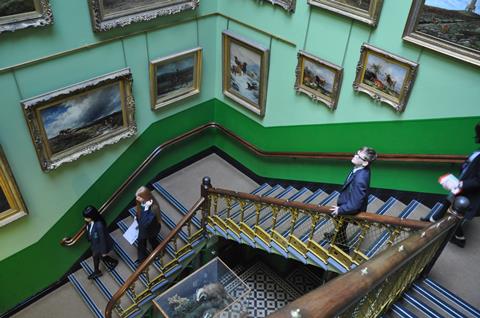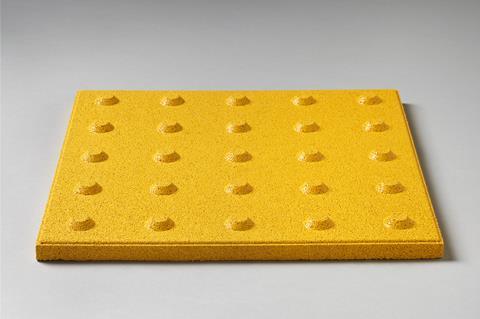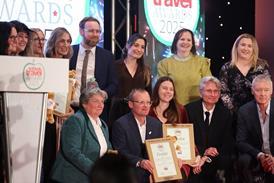Pupils can explore inclusive design principles through hands-on workshops, real-life stories and iconic inventions at the Victoria and Albert (V&A) Museum in South Kensington, London.

As part of Adaptive and Inclusive Design workshops held at V&A South Kensington, students will explore adaptive design in everyday life and highlights from the V&A Collection about accessible design “as a person-centred process for individual needs.”
Students will be challenged through first-hand filmed interviews to design and develop ideas which could improve an individual’s everyday life whilst supporting their independence. Through adapting, amending and improving existing objects, students will explore the iterative process, considering the needs of the user and challenging stereotypical thinking about disability.
A gallery visit is included as part of the day, and participants will experience working creatively with design principles.
The workshops are designed for Key Stage 2 and 3 students, ages seven - 14 years, with National Curriculum links including D&T design, make and evaluate, and other elements that are touched on include PSHE, computing, maths and English.

Exploring the history of adaptable design
Artifacts examined in the workshop include a tactile paving slab designed by Seiichi Miyake.
A Japanese inventor, Seiichi Miyake worked in the 1960s to develop systems that would improve the safety of the visually impaired as they navigated the city environment. In particular, he was interested in developing directional cues that could help people understand when they were approaching a potentially dangerous or trafficked area, such as busy intersections or the edge of a train platform.
In 1965, he invented the ‘braille block’, the first set of tactile paving tiles, which would eventually be adopted around the world as a way of aiding navigation for the visually impaired. These tactile paving tiles, or ‘Tenji blocks’ as they are a known in Japan, consisted of tiles with raised lines or domes (sometimes truncated) which are used predominately as ground surface indicators to aid blind and visually impaired pedestrians to stop and navigate crosswalks.
The tile featured at V&A South Kensington is a contemporary version of Miyake’s 1965 design, which was produced in 2016 by the company he founded in 1974.
In addition to Miyake’s work, the V&A’s Adaptive and Inclusive Design workshops will also include content from the upcoming Design and Disability exhibition at V&A South Kensington, which opens on 7th June. It will showcase the radical contributions of disabled, deaf and neurodivergent people and communities to design history and contemporary culture, from the 1940s to now.
V&A’s Adaptive and Inclusive Design workshops is a free, ticketed programme that will run on Fridays during term time from 16th May to 11th July 2025 at V&A South Kensington.
Each session can accommodate a maximum of 30 students and two timeslots to choose from: AM 10.30 - 12.00 or PM 13.00 - 14.30.
For more information about the programme, email schools@vam.ac.uk.
Find out more about school trips to the V&A at www.vam.ac.uk/info/schools.










